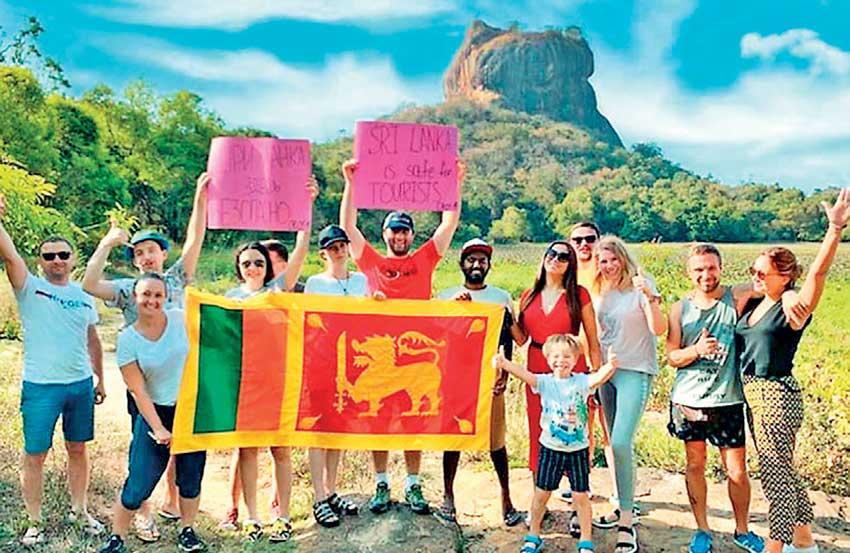Sri Lanka’s tourism sector, a vital component of its economy, is at a pivotal crossroads. With the recent surge in tourist arrivals and revenue—over $1.5 billion in the first half of 2024—there is a palpable sense of optimism. However, to sustain this momentum and fully realize the potential of tourism, policymakers must adopt a multifaceted approach that addresses existing challenges while capitalizing on emerging opportunities.
Enhancing Infrastructure
One of the most pressing issues facing Sri Lanka’s tourism sector is inadequate infrastructure. Improving transportation networks—including roads, railways, and airports—is essential for facilitating easier travel within the country. Investments in public transport systems can enhance accessibility to key tourist destinations, making it more convenient for visitors to explore the island’s rich cultural and natural offerings. Policymakers should prioritize public-private partnerships to attract investment in these critical areas, ensuring that infrastructure development aligns with tourism growth.
Sustainable Tourism Practices
Sustainability must be at the forefront of any strategy aimed at revitalizing Sri Lanka’s tourism. The country is blessed with stunning natural beauty and biodiversity, which can be preserved through responsible tourism practices. Policymakers should promote eco-friendly initiatives that encourage tourists to engage with local communities while minimizing their environmental impact. This includes supporting small and medium enterprises (SMEs) that offer sustainable tourism experiences, thereby fostering economic inclusivity and community engagement.
Marketing and Branding
To attract a diverse range of tourists, Sri Lanka needs a robust marketing strategy that highlights its unique offerings beyond traditional sun-and-sand tourism. The government should invest in a comprehensive branding campaign that showcases niche markets such as wellness tourism, adventure travel, and cultural experiences. Collaborating with international airlines and travel agencies to create attractive package deals can also enhance visibility and accessibility for potential visitors.
Workforce Development
The quality of service in the tourism sector directly impacts visitor satisfaction and repeat business. Therefore, investing in workforce development is crucial. Policymakers should implement training programs that equip individuals with the skills needed to excel in various roles within the industry. This includes not only hospitality training but also courses focused on cultural sensitivity and environmental stewardship.
Leveraging Technology
In an increasingly digital world, leveraging technology can significantly enhance the tourist experience. Implementing e-based solutions for reservations, ticketing, and information dissemination can streamline processes for both tourists and service providers. Additionally, utilizing data analytics can help identify trends and preferences among visitors, allowing businesses to tailor their offerings accordingly.
Addressing Safety Concerns
Safety remains a paramount concern for travelers. Policymakers must ensure that safety protocols are not only established but also effectively communicated to potential visitors. This includes enhancing security measures at tourist hotspots and providing clear information about health and safety standards.
Conclusion
Sri Lanka’s tourism sector holds immense potential for economic recovery and growth. By focusing on infrastructure improvements, sustainable practices, effective marketing strategies, workforce development, technological advancements, and safety measures, policymakers can create a vibrant tourism ecosystem that benefits both visitors and local communities. As the country moves forward, embracing these strategies will be essential for positioning Sri Lanka as a premier global tourist destination while ensuring that its rich heritage and natural beauty are preserved for future generations.





